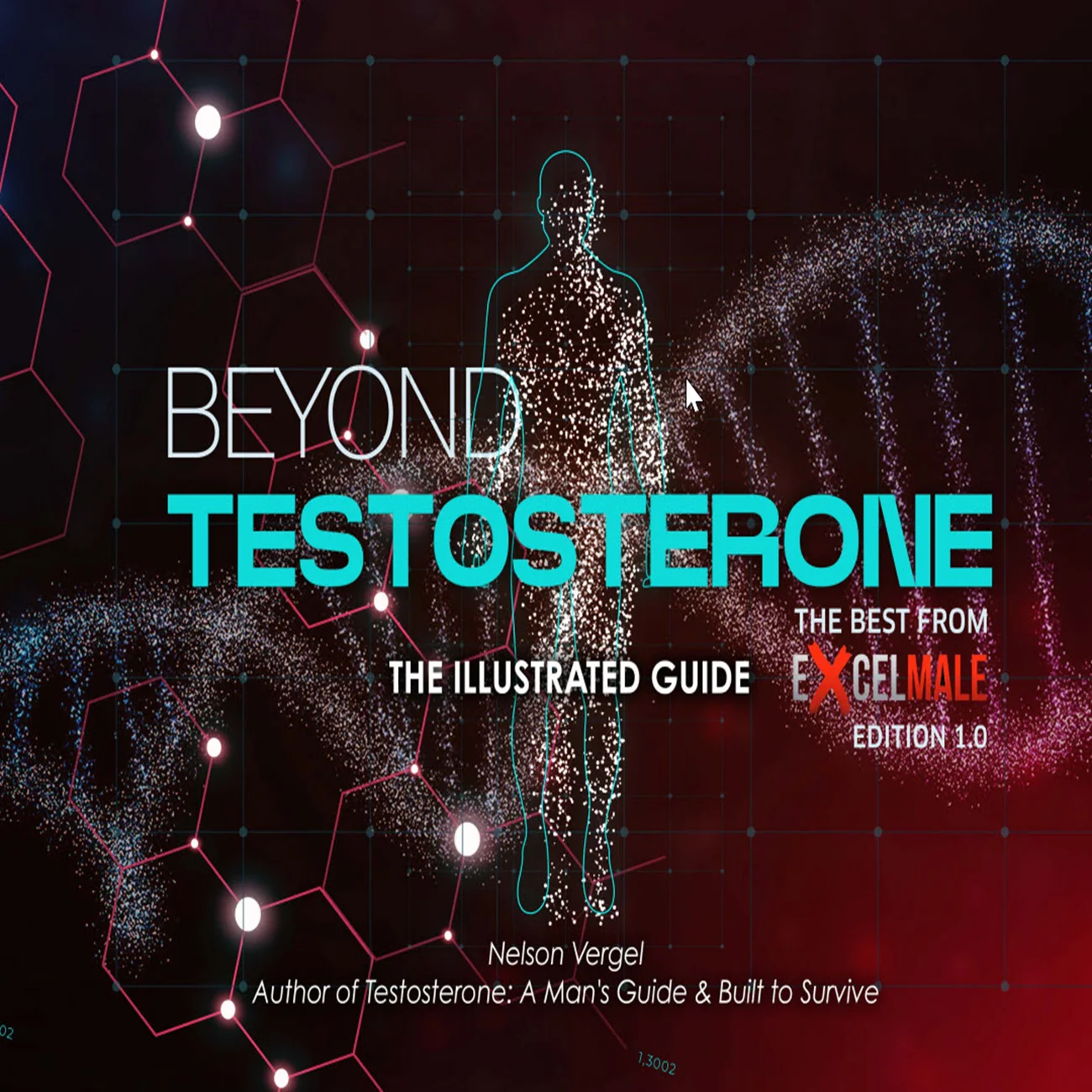First of all, kudos to you for being open-minded enough to try new things. Most people use an issue as an excuse to stop lifting. Several comments…
Something I’ve noticed is that when you injure a joint, the body seems to try to protect itself by immobilizing the joint by locking up the muscles and nerves near the joint. Reactivating the muscles is often necessary even after the joint is healed, so that is where slow reps can be helpful. I’m not a fan of super-slow lifting, but a controlled descent is essential as opposed to the barely-controlled drop that you usually see people doing.
Recognize that joint injuries can take a long time to heal but you can still train everything else including your good arm. My shoulders got to a point where I couldn’t even bench the empty bar, and it took almost a year for them to heal, but I kept everything else strong so when they were fully back, I had fairly little to rebuild.
Besides being horrifically imprecise and relative, the phrase “go hard or go home” is right up there with “no pain, no gain” for the damage it has done. I used to take lifting to failure to an extreme, but I am stronger across a wider range of movements and much healthier since I focused on increasing near-maximal workload while never grinding out a rep or letting my form deteriorate. Gymnasts, construction workers, and farmers (pre-mechanization) are all very strong but never do max-effort lifts, and their overall work-capacity dwarfs most modern gym-bros.
Of the various chemicals available, DMSO is the one I would prioritize as a preventative measure. AMidwesternDoctor on Substack has written a great series about it and I have seen it fix what nothing else could. The only issue is that it can make some people smell like garlic for a little while.
You want to get as much blood flow to the problem area as possible and that is where heat and frequent light activity/stretching are important, and why ice can be a problem. The key to dealing with inflammation IME is to not re-inflame the area, but to get a consistent flow of blood through it.
Ok, good luck with it.












